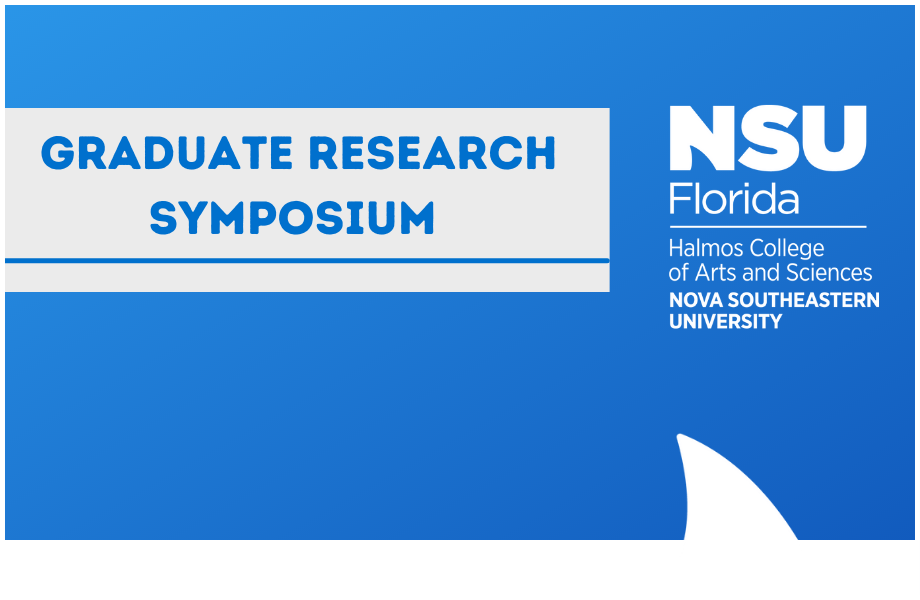Coral reef and hardbottom community biogeography in central and southern Florida.
Location
Guy Harvey Oceanographic Center Facility
Start
1-31-2018 4:00 PM
End
1-31-2018 4:15 PM
Type of Presentation
Oral Presentation
Abstract
The ecological importance of the Florida Keys and Dry Tortugas have been recognized for over a century since Agassiz first described the reefs. Although it was known that reef communities existed on the east coast, traditionally Fowey rocks was considered the end of the reef tract. Benthic mapping has changed that paradigm and allowed for a holistic view of the system. We now know that present and historical Florida reef growth spans approximately 595 km of coastline from the Dry Tortugas in the southwest to Palm Beach County in the northeast transitioning from a subtropical to temperate environment. The change in seafloor morphology occurs at the Bahamas Fracture Zone where the Florida current diverges from the coast, frequent intense upwelling occurs, and hardbottom habitats are dominated by cold-tolerant species. The biogeography of reef fish assemblages, primarily shaped by depth, location, substrate, and relief, agree with this ecological transition and identify others. The west Florida shelf is essentially a blank slate with little understanding of basic seafloor morphology and benthic community ecology. Recent mapping shows extensive hardbottom areas that differ across space in extent and coral community densities. Fish modeling shows the potential existence of hardbottom in large unmapped areas. Baseline benthic assessments are needed on the western Florida shelf to understand the present communities and how they may shift in a warming climate.
Coral reef and hardbottom community biogeography in central and southern Florida.
Guy Harvey Oceanographic Center Facility
The ecological importance of the Florida Keys and Dry Tortugas have been recognized for over a century since Agassiz first described the reefs. Although it was known that reef communities existed on the east coast, traditionally Fowey rocks was considered the end of the reef tract. Benthic mapping has changed that paradigm and allowed for a holistic view of the system. We now know that present and historical Florida reef growth spans approximately 595 km of coastline from the Dry Tortugas in the southwest to Palm Beach County in the northeast transitioning from a subtropical to temperate environment. The change in seafloor morphology occurs at the Bahamas Fracture Zone where the Florida current diverges from the coast, frequent intense upwelling occurs, and hardbottom habitats are dominated by cold-tolerant species. The biogeography of reef fish assemblages, primarily shaped by depth, location, substrate, and relief, agree with this ecological transition and identify others. The west Florida shelf is essentially a blank slate with little understanding of basic seafloor morphology and benthic community ecology. Recent mapping shows extensive hardbottom areas that differ across space in extent and coral community densities. Fish modeling shows the potential existence of hardbottom in large unmapped areas. Baseline benthic assessments are needed on the western Florida shelf to understand the present communities and how they may shift in a warming climate.


